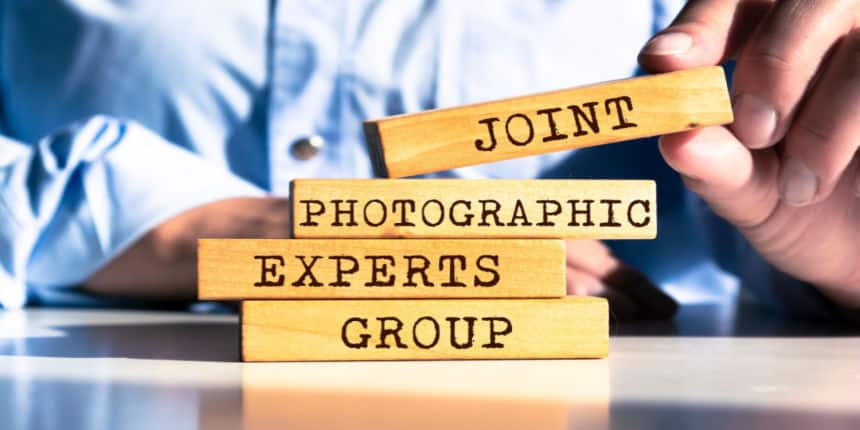JPEG and PNG Full Form
What is a JPEG File ?
JPEG (often seen with its file extension .jpg or .jpeg) acronym for "Joint Photographic Experts Group", the name of the group who created the JPEG standard. For lossy compression of digital images, particularly for photos shot with digital cameras, JPEG is a frequently used format. You have a choice between storage capacity and image quality thanks to adjustable compression levels. JPEG frequently achieves a compression ratio of 10:1 with almost no image quality loss.
- What is a JPEG File ?
- What is a PNG File ?
- What is the difference between JPEG and PNG files?
- Troubleshooting tips to use PNG or JPEG images

What is a PNG File ?
PNG stands for Portable Network Graphic, a sort of raster image file. This file type is particularly popular among web designers because it can handle graphics with translucent or semi-transparent backgrounds. You can open a PNG in any image editing tool without a license because the file format isn't patented.
What is the difference between JPEG and PNG files?
Meaning- PNG stands for Portable Network Graphics and is a raster-based graphics format. JPEG stands for "Joint Photographic Experts Group".
Compression Algorithm -Lossless compression algorithm is used in PNG. Lossy compression algorithm is used in JPEG.
Image size-For PNG the image size is bigger than JPEG image of same image.
Best for -For editing, scalability, and web content, PNG works well. The optimum format for storing, processing, and posting images is JPEG.
Image Quality- For PNG the image quality is better than that for JPEG.
Troubleshooting tips to use PNG or JPEG images
- Tip 1: Avoid Forced Conversion - Try to avoid converting pictures between formats.
- Tip 2: Use Compatible Editors - Before editing your pictures, check sure the editor supports the format you intend to use.
Frequently Asked Questions (FAQs)
No, animated images cannot be stored in JPEG or PNG files. GIFs are a popular choice for memes on social media sites because they allow for simple animation.
A maximum width and height of 65,535 pixels applies to JPEG images, which is worth considering when storing highly detailed pictures. The dimensions for PNG files are unlimited in theory, but in practical terms you’ll be limited by factors such as memory space and the software you’re using to view the file.
Generally PNG is of higher resolution , JPEG might be faster to load but are of lower quality.
JPEG is typically the default picture format for preserving photos. You may easily convert an image to JPEG if it is in any other format. The most straightforward method for doing that is to open it in MS Paint and save it as a JPEG file.
Mostly, image formats that follow lossless data compression techniques are considered superior as they retain the quality of the image.
At the end of the day, neither image format is superior to the other. It basically comes down to which one best suits your needs.
Your best bet is to utilize a JPEG if you want to upload a photo from your camera to Instagram, Twitter, etc. It is more compact, designed with photography in mind, and is supported by practically all platforms and services out there.

